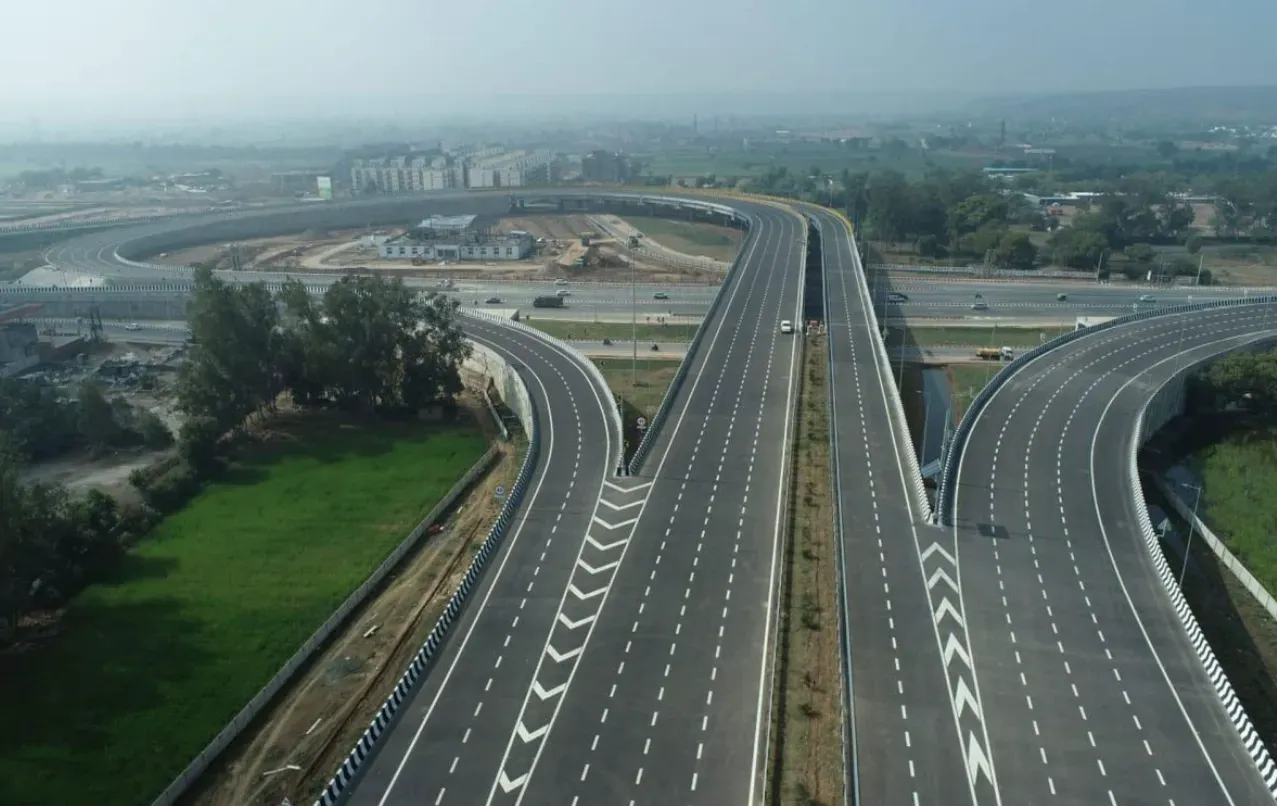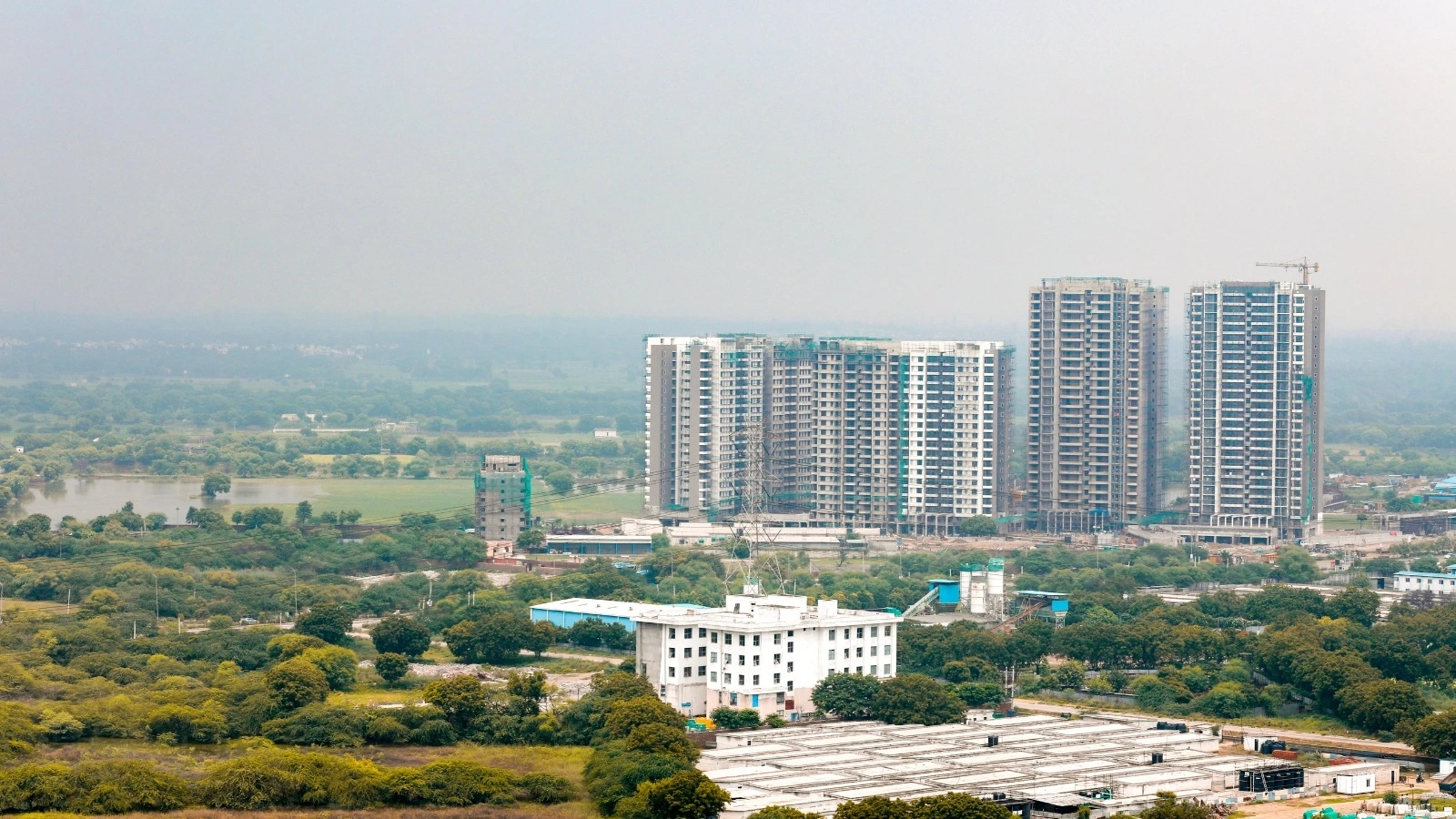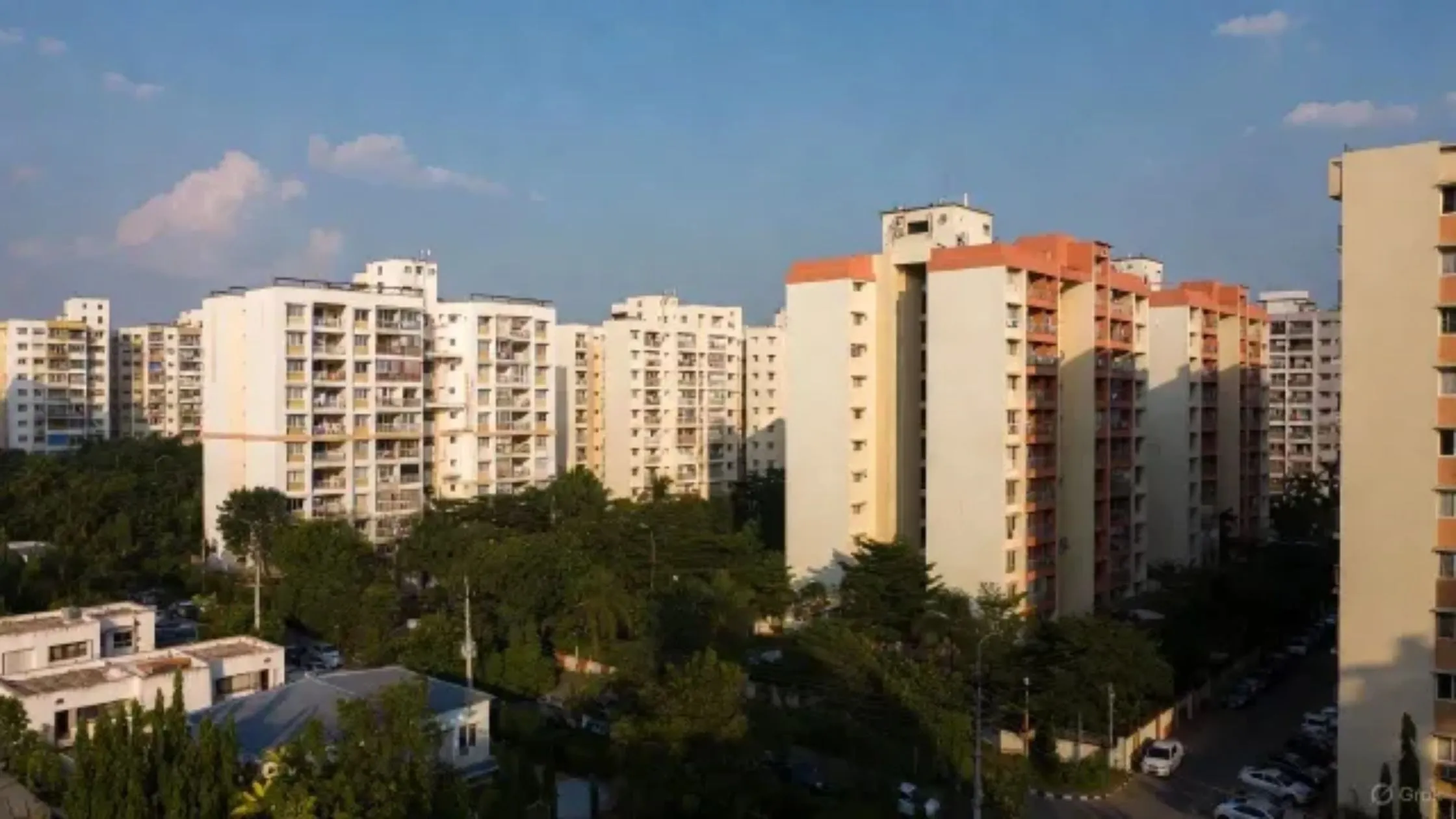Table of Content
- Project Overview
- Wildlife Mitigation Measures
- Key Highlights of the Arunachal Frontier Highway
- Strategic and Economic Boost for Arunachal Pradesh
- Socio-Economic Benefits
- Arunachal Frontier Highway Route and Travel Experience
- Arunachal Frontier Highway Permit and Road Conditions
- Construction
- Major Highways Connecting to the Arunachal Frontier Highway
- Challenges
- Future Impact
- Conclusion
The Arunachal Frontier Highway (NH-913) represents one of India’s most ambitious infrastructure projects, a road that symbolizes both strategic defense readiness and the promise of economic transformation in Northeast India. This vital corridor, running close to the India-China-Myanmar border, is designed to connect remote villages, foster adventure tourism, and strengthen national security.
Recently, the National Board for Wildlife’s Standing Committee approved the diversion of 310 hectares of forest land from Namdapha Tiger Reserve’s core area for the construction of this highway in Arunachal Pradesh. While it has raised environmental concerns, experts believe the Arunachal Frontier Highway will reshape the socio-economic landscape of the state and improve connectivity to some of India’s most isolated regions.
Project Overview
The Arunachal Frontier Highway aims to connect NH-215 near Kharsang to the Miao-Gandhigram-Vijaynagar road, covering approximately 1,840 km. The Public Works Department has requested 248.79 hectares for road widening and 61.21 hectares for muck disposal.
Upgrading the existing road width from 3.5 metres to an intermediate lane, this project will enhance mobility across tough mountain terrain. It’s part of a broader government vision to boost connectivity along the Indo-China border.
|
No. |
Project Detail |
Description |
|
1 |
Official Name |
National Highway 913 (NH-913) |
|
2 |
Length |
Approximately 1,840 km |
|
3 |
Route |
Runs from Bomdila (West) to Vijaynagar (East), passing through all border districts |
|
4 |
Estimated Cost |
₹42,000 crore |
|
5 |
Implementing Agencies |
Border Roads Organisation (BRO), National Highways & Infrastructure Development Corporation Limited (NHIDCL), Arunachal Pradesh PWD |
|
6 |
Expected Completion Timeline |
2028–2029 |
Environmental Impact and Tree Felling
The project’s environmental implications have drawn attention. The construction will lead to the felling of nearly 1.55 lakh trees, including poles and undergrowth, from dense tropical forest areas.
While critics question the large-scale deforestation, the state government maintains that the widening is moderate and necessary for road safety and long-term durability. Environmental clearance has been granted with conditions to ensure proper afforestation and slope stabilization.
This challenge underscores the delicate balance between infrastructure development and ecological preservation, a common theme in frontier infrastructure projects across North East India.
Also Read: Godrej Properties Gets RERA Approval for Worli Project’s First Phase
Wildlife Mitigation Measures
Wildlife conservation is another concern for the Arunachal Frontier Highway project. The Namdapha region is home to tigers, clouded leopards, and red pandas, and wildlife corridors could be affected during road construction.
While the current mitigation plan includes culverts and underpasses following standard PWD designs, experts emphasize the need for research-based solutions tailored to local wildlife movement.
Officials from the Border Roads Organisation (BRO) and the National Board for Wildlife are now working on a site-specific animal passage plan to reduce habitat fragmentation and ensure ecological balance.
Key Highlights of the Arunachal Frontier Highway
The Arunachal Frontier Highway route is unique in its scale, design, and purpose. It not only connects regions but also empowers communities along India’s eastern frontier.
Highlights include:
- Length & Alignment: 1,840 km long, located 20–80 km from the McMahon Line.
- Strategic Defence Advantage: Enables rapid troop movement between Tawang, Subansiri, and forward areas.
- Economic Uplift: Connects remote border villages and markets, improving livelihoods.
- Project Implementation: Under the Ministry of Road Transport & Highways (MoRTH).
- Hydroelectric Projects: Includes Tato-I and Heo power plants to support local energy demand.
- Tourism Boost: Opens new possibilities for adventure tourism across Tawang, Sela Pass, and Mago-Thingbu.
Strategic and Economic Boost for Arunachal Pradesh
The Arunachal Frontier Highway is not just an engineering marvel, it’s a geopolitical necessity. Situated within 20 km of the Line of Actual Control (LAC), it plays a vital role in national defense and regional preparedness.
Prime Minister Narendra Modi is expected to inaugurate the project officially on September 22, 2025, marking a new chapter in Arunachal Pradesh’s infrastructure development.
Strategic benefits:
- Faster troop deployment and logistical efficiency
- Enhanced road access to border posts and forward bases
- Improved disaster response and supply chain resilience
Economically, the highway will bring long-isolated regions into the mainstream by connecting markets, promoting eco-tourism, and creating jobs in the construction and hospitality sectors.
Socio-Economic Benefits
The Arunachal Frontier Highway also promises long-term benefits beyond defense and mobility.
Connectivity: The highway bridges isolated villages, integrating them into the broader economy and reducing the isolation caused by mountainous terrain.
Economic Growth: Improved access to markets will benefit local farmers, traders, and artisans. Handicrafts, horticulture, and agro-based industries will gain new reach.
Vibrant Villages Programme: Under this initiative, ₹2,205 crore will be invested in 122 border villages to build feeder roads, public infrastructure, and community centers, empowering civilians along the frontier and countering the challenges posed by the Chinese border infrastructure.
Arunachal Frontier Highway Route and Travel Experience
For travel enthusiasts, the Arunachal Frontier Highway route offers one of India’s most scenic road trips, from Bomdila and Tawang to Mago-Thingbu and Vijaynagar. The journey covers breathtaking valleys, dense forests, and glacial passes like Sela Pass.
Adventure seekers can explore:
- Bomdila: Known for its monasteries and apple orchards
- Tawang: A cultural hub and home to India’s largest Buddhist monastery
- Mago-Thingbu: Famous for its rugged terrain and untouched natural beauty
- Vijaynagar: Remote yet serene, close to the Myanmar border
Places to visit on Arunachal Frontier Highway:
- Sela Pass
- Dirang Valley
- Namdapha National Park
- Mechuka Valley
- Ziro Plateau
Also Read: Pune Real Estate Market Up 23% YoY in Sept 2025, Stamp Duty Collections Rise 3%
Arunachal Frontier Highway Permit and Road Conditions
Before planning a trip, travelers must obtain an Arunachal Frontier Highway permit. Since the highway runs through restricted border zones, both domestic and foreign tourists need to secure permits from the Deputy Resident Commissioner’s office or apply online via the Arunachal Pradesh tourism portal.
Road conditions:
The Arunachal Frontier Highway road conditions vary greatly, from newly paved stretches near Tawang to challenging gravel roads closer to Vijaynagar. The Border Roads Organisation (BRO) continues to upgrade difficult sections, with work expected to progress steadily until 2028.
Travel tips:
- Always carry vehicle documents and ID
- Travel during daylight hours
- Check weather forecasts and road updates
- Respect local customs and border protocols
Construction
The Arunachal Frontier Highway (NH-913) will be developed in nine construction packages, covering its entire stretch from Bomdila to Vijaynagar. The project follows a fully government-funded “Engineering, Procurement, and Construction (EPC)” model, ensuring quality execution and accountability.
All approvals and land acquisitions are scheduled for completion by March 2025, with progressive construction completion targeted by March 2027.
Below is the detailed breakdown of the project packages:
|
No. |
Package |
Route Details |
Length (km) |
Budget / Approval Status |
|
1 |
Nafra–Lada |
Nafra–Dibrick–Sachung–Lada |
141 km |
Full budget approved in 2023 |
|
2 |
Lada–Sarli |
– |
200 km |
₹2,249 crore approved in Feb 2024 for 106 km |
|
3 |
Sarli–Tali |
Sarli–Huri–Parsi Parlo–Tali |
201 km |
₹626.92 crore approved in Feb 2024 for 35 km (Sarli–Huri) |
|
4 |
Tali–Mechuka |
Tali–Taliha–Siyum–Mechuka |
225 km |
Budget approval under process |
|
5 |
Mechuka–Bile |
Mechuka–Tato–Monigong–Bile |
183 km |
Budget approval under process |
|
6 |
Bile–Hunli |
Bile–Migging–Tuting–Singa–Anelye–Hunli |
230 km |
Budget approval under process |
|
7 |
Hunli–Hayuliang |
– |
186 km |
Budget approval under process |
|
8 |
Hayuliang–Miao |
Hayuliang–Changwinti–Hawai–Miao |
285 km |
Budget approval under process |
|
9 |
Miao–Vijaynagar |
Miao–Gandhigram–Vijaynagar |
157 km |
₹1,015 crore approved in Feb 2024 for 61.5 km (Kharsang–Gandhigram) |
Once completed, the Arunachal Frontier Highway will stand as one of India’s most ambitious and strategically vital infrastructure projects, enhancing border connectivity, defence logistics, and regional development across the northeastern frontier.
Major Highways Connecting to the Arunachal Frontier Highway
-
Trans-Arunachal Highway (NH-13):
- The main connector to the Arunachal Frontier Highway.
- Runs across the central part of Arunachal Pradesh (Tawang – Bomdila – Ziro – Daporijo – Aalo – Roing – Tezu – Namsai).
- Several feeder roads will link NH-913 with NH-13, allowing movement between interior valleys and the frontier belt.
-
Brahmaputra Expressway (Assam):
- Planned along the Brahmaputra River in Assam.
- Will connect to NH-13 (Trans-Arunachal Highway), and from there to NH-913
- This link will serve as the primary expressway access from Assam’s plains to Arunachal’s border regions.
-
Miao–Vijaynagar Road & Frontier Link Roads:
- Connects NH-913 to southern Assam and to the Myanmar border regions.
- These routes are being widened and integrated into the frontier network by the Border Roads Organisation (BRO).
Challenges
Despite its immense promise, the Arunachal Pradesh new highway project faces challenges such as harsh terrain, heavy rainfall, and sensitive ecosystems. Construction requires balancing defense priorities with conservation needs.
In the long run, the highway could transform Arunachal Pradesh into a gateway of growth supporting tourism, trade, and clean energy initiatives while reinforcing India’s presence in its eastern frontier.
Future Impact
The Arunachal Frontier Highway is set to redefine India’s eastern frontier. Beyond connectivity, it will strengthen border infrastructure, improve defense readiness, and accelerate socio-economic development in remote regions.
With its strategic location, this Arunachal Pradesh new highway project will play a crucial role in supporting the nation’s long-term security preparedness and regional integration. It stands as a symbol of modern India’s determination to combine growth, sustainability, and national security in one visionary path.
Also Read: RBI to Exempt SWAMIH Fund from Alternate Investment Fund Rules
Conclusion
The Arunachal Frontier Highway is more than just a road, it’s a lifeline to India’s farthest frontier. From its strategic defense importance to its promise of eco-tourism and economic inclusion, this massive highway project embodies both national vision and regional pride.
By improving border connectivity, empowering local communities, and showcasing Arunachal Pradesh’s pristine beauty, the Arunachal Frontier Highway stands as a symbol of resilience, progress, and unity in India’s Northeast.








Ans 1. It's a proposed highway along the McMahon Line in Arunachal Pradesh, India, aiming to improve connectivity and security in the region.
Ans 2. The main goals are to boost infrastructure, improve border security, and encourage economic development in remote areas of Arunachal Pradesh.
Ans 3. The completion date is not yet fixed and is subject to terrain conditions and environmental clearances.
Ans 4. Improved transport, tourism, trade, and access to remote areas are expected. It will also aid in faster deployment of troops in the border areas.
Ans 5. Environmental impact assessments are being conducted to minimize potential damage during the construction of the highway.